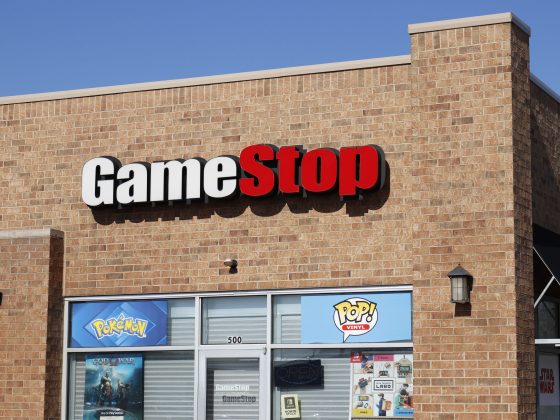Coca-Cola’s investment in Fairlife, its protein-boosted, reduced-sugar milk brand, is paying off, becoming the company’s fastest-growing US brand.
However, the question remains: is Fairlife’s success enough to quell investor concerns about Coke’s over-reliance on soda?
Fairlife’s rise: a star in Coke’s portfolio
Fairlife has proven a bright spot in Coca-Cola’s portfolio, with retail sales topping $1 billion in 2022, a 1,000% increase since its nationwide launch in 2015.
CEO James Quincey has championed Fairlife as part of his strategy to transform Coke into a “total beverage” company, offsetting the decline in soda consumption amid health concerns.
“Fairlife has blossomed into a great business,” Chief Executive Officer James Quincey, told Bloomberg.
Beyond soda: a long road ahead
Despite Fairlife’s success, soda still accounts for roughly 60% of Coca-Cola’s sales, a ratio that has barely changed in six years.
Recent growth has been driven by price increases, not increased volume, adding pressure to diversify.
Wall Street’s perspective: is it enough?
Coca-Cola’s shares have underperformed the broader market since the pandemic, highlighting the need for more successful ventures like Fairlife.
Garrett Nelson, an analyst at CFRA, said that the milk brand is becoming a key “growth driver, helping offset sales declines in many of the company’s sugary, higher-calorie soft drink beverages.”
Since Coca-Cola took control and expanded distribution “Fairlife is seemingly everywhere now.”
The $7 billion bet: performance-based payments soar
Coca-Cola’s total investment in Fairlife is expected to reach $7.4 billion over five years, including performance-based payments to Select Milk Producers.
Originally estimated at $320 million, these payments have surged to $6 billion, making Fairlife the largest brand acquisition in Coca-Cola’s history.
Fairlife’s high protein content aligns with the growing popularity of GLP-1 drugs like Ozempic, which encourage protein consumption to maintain muscle mass.
The brand’s success also defies the overall decline in US milk consumption.
Challenges and future growth
Despite a reputational hit in 2019 due to animal abuse allegations at a supplier, Fairlife continues to grow, expanding its production capacity with a new $650 million facility.
Coca-Cola is aiming to increase household penetration and sees significant growth potential in the US milk market.
Tim Doelman, who led Fairlife since 2020, is departing, with Becca Kerr assuming oversight of the brand alongside her existing nutrition portfolio.
Is it enough?
Milk has turned out to be Quincey’s best bet, though. Fairlife was one of the company’s few bright spots last quarter, with its growth offsetting declines in coffee, juice and sports drinks.
But it came with a price. Coca-Cola’s operating margin took a big hit because the amount the company expects to pay the dairy co-op rose by more than $900 million — in just three months.
The post Coke’s $7B milk bet: can Fairlife deliver the growth Wall Street demands? appeared first on Invezz


